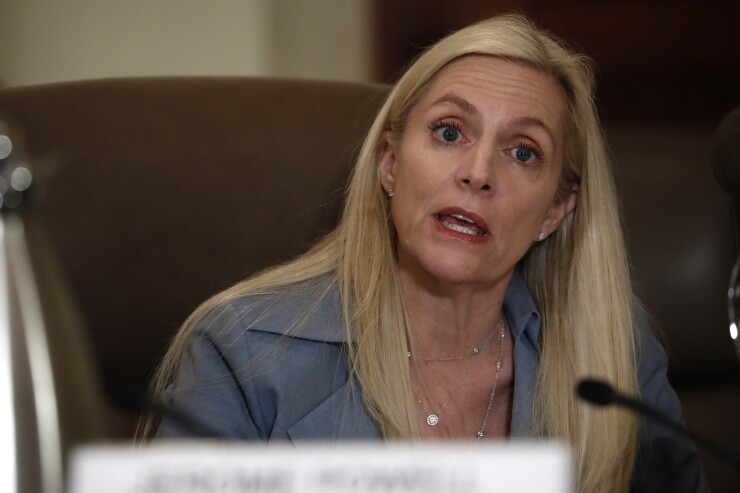A weakening economic outlook in the U.S. and abroad argue for a “softer” path for interest rates than central bankers previously envisioned, Federal Reserve Governor Lael Brainard said.

"Modest downward revisions to the baseline outlook for output and employment would call for modest downward revisions to the path for our conventional policy tool, the federal funds rate, helping to offset some of the weakness that would otherwise weigh on the economy," Brainard said Thursday in remarks prepared for a speech in Princeton, N.J. "Moreover, basic principles of risk management would suggest that the increase in downside risks warrants a modest downward revision to the modal path for policy."
Fed officials have signaled they’re undecided about whether they will continue raising rates this year after a quarter-point increase in December. At the time, they expected two hikes would be appropriate in 2019, according to the median policy maker’s estimate, but ensuing volatility in financial markets that extended into January led them to adopt a more cautious tone. They will release updated projections for rates at the conclusion of their next meeting on March 20.
"Overall, the softer spending data in the U.S. and the slowdown abroad, along with earlier financial volatility, are likely weighing on the modal outlook and might in turn warrant a softening in the modal path for policy," Brainard said. “Heightened downside risks to output and employment would argue for a softer federal funds rate path even if the modal outlook for the economy were unchanged.”
Brainard also said the Fed should stop unwinding its balance sheet, a process it began at the beginning of 2018, sometime later this year. It ballooned to a peak of $4.5 trillion due to the Fed’s bond-buying programs in response to the financial crisis, and fell below $4 trillion in February for the first time in six years. Fed officials are watching money markets to see when the balance-sheet unwind, which drains reserves from the banking system, has gone far enough.
"With balance sheet normalization now well advanced, it will be appropriate to wind down asset redemptions later in the year," she said.





